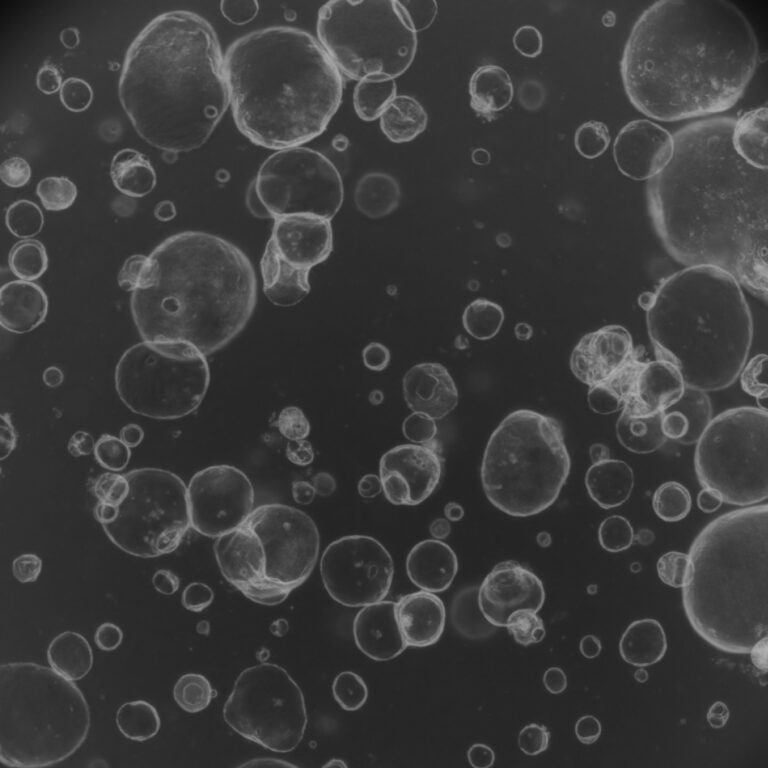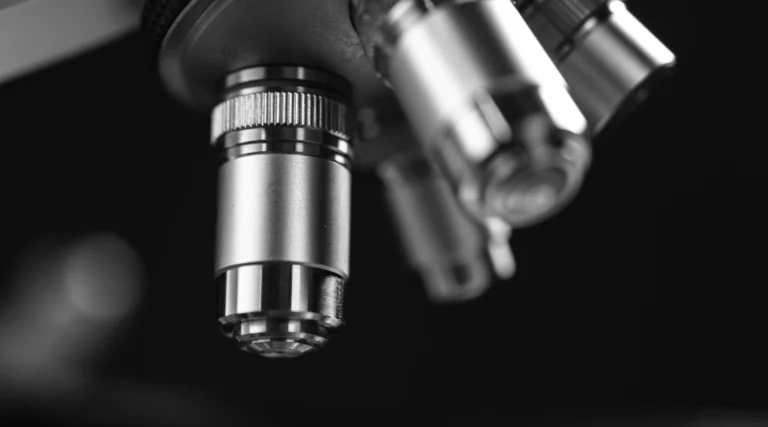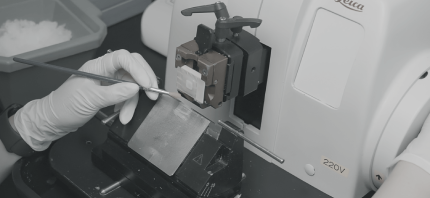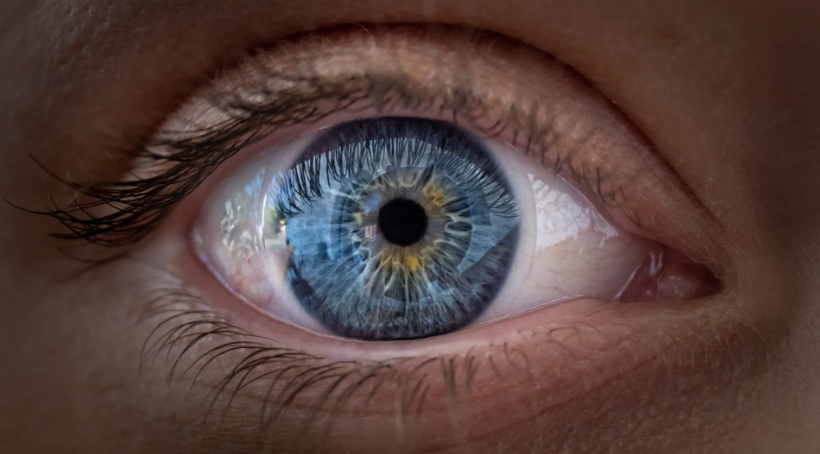A groundbreaking study published in Nature Communications revealed a genetically engineered mouse with two extra limbs in place of its genitals, shedding light on how changes in DNA’s 3D structure influence embryonic development. Researchers, led by Moisés Mallo at the Gulbenkian Science Institute in Portugal, discovered that inactivating the Tgfbr1 gene altered DNA folding, directing primordial structures to develop into either genitalia or limbs. This unexpected finding unveils a novel role for Tgfbr1 in determining organ formation and prompts further investigation into its implications for cancer metastasis, immune function, and the development of reptilian hemipenis.
Keywords: genetically engineered mouse, DNA structure, mouse embryo, organ formation



